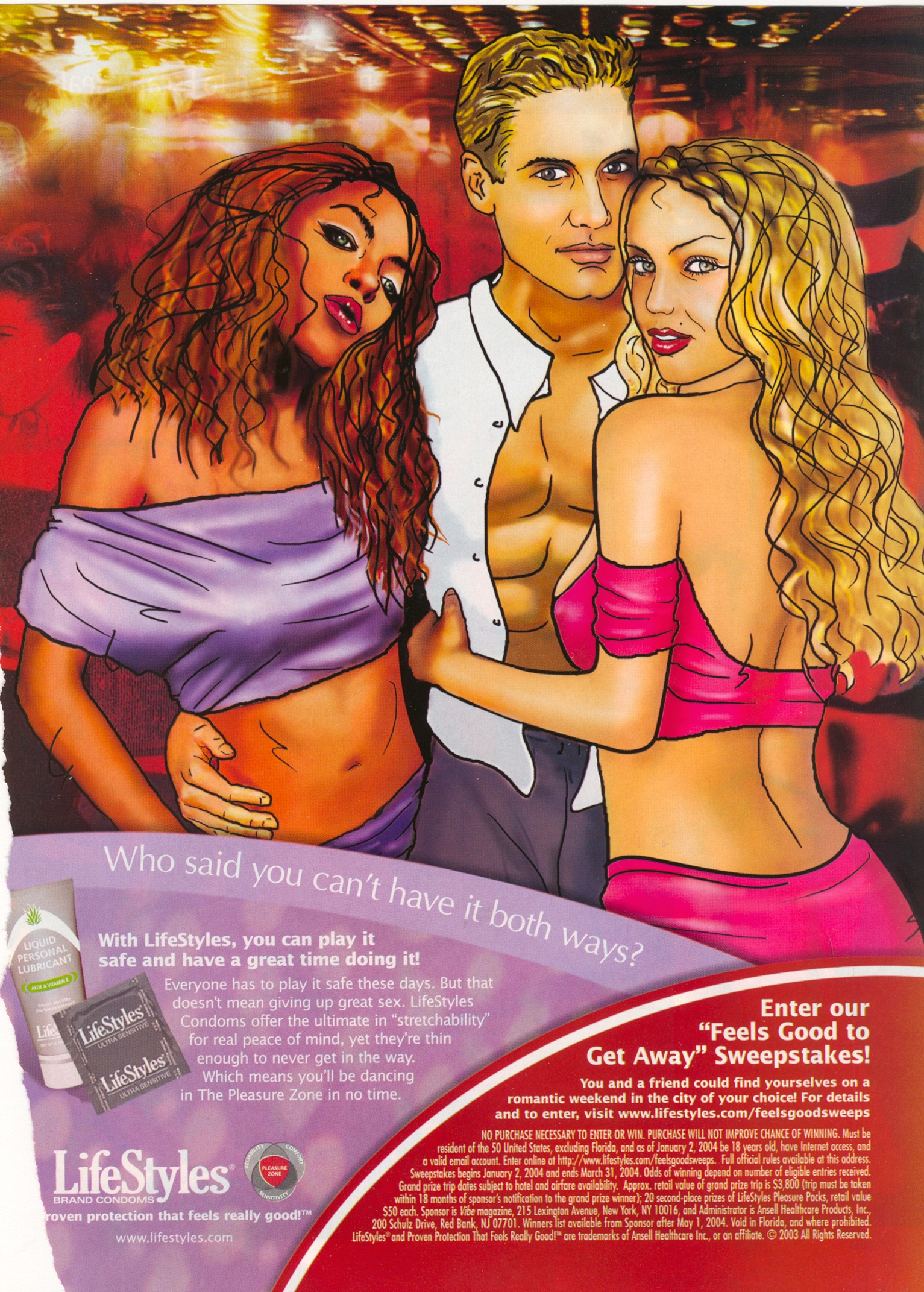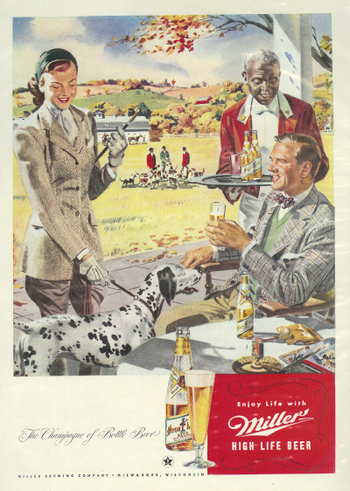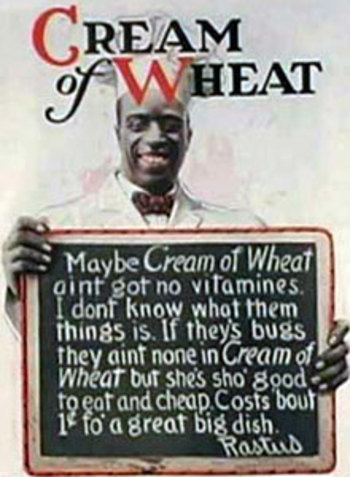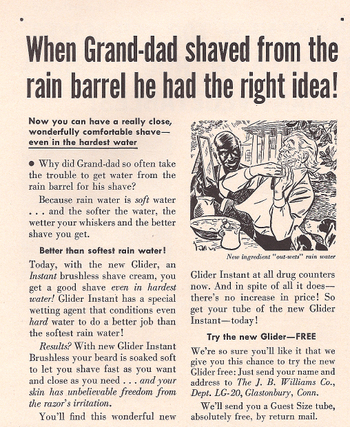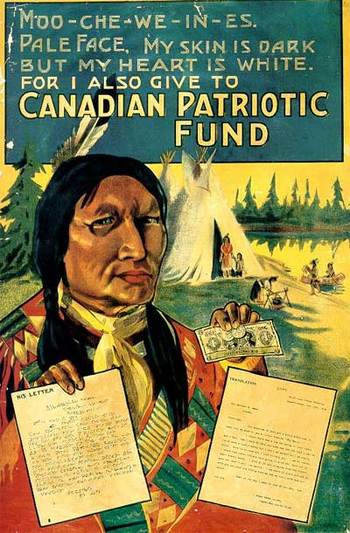Jacob G. sent us a link to this slideshow hosted by Details magazine. As Jacob noted, not only are the women objectified (their naked bodies serve as furniture on which to display men’s accessories), the title of the slideshow makes a joke of it. It’s titled “Girl Not Included,” just in case viewers mistook the women for purchaseable products alongside the shoes, bags, and belts.
Not safe for work:

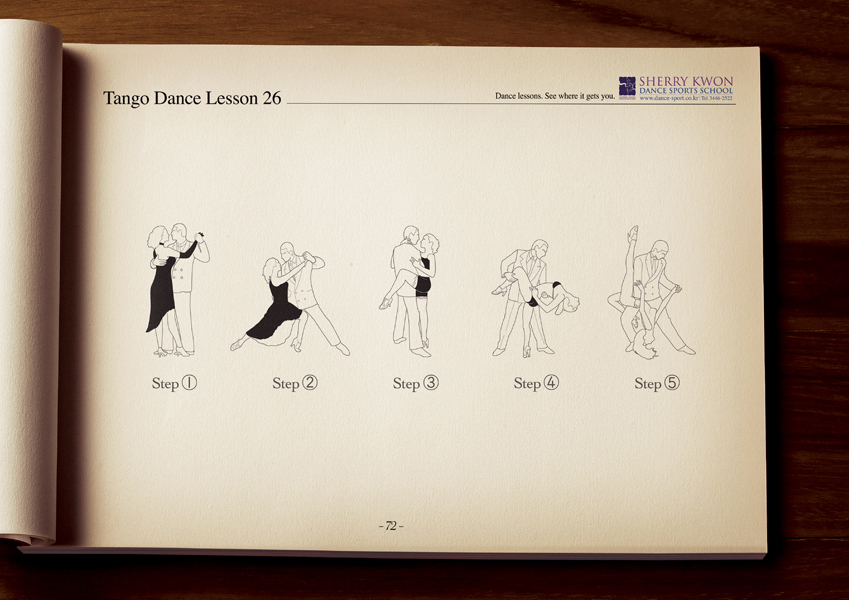
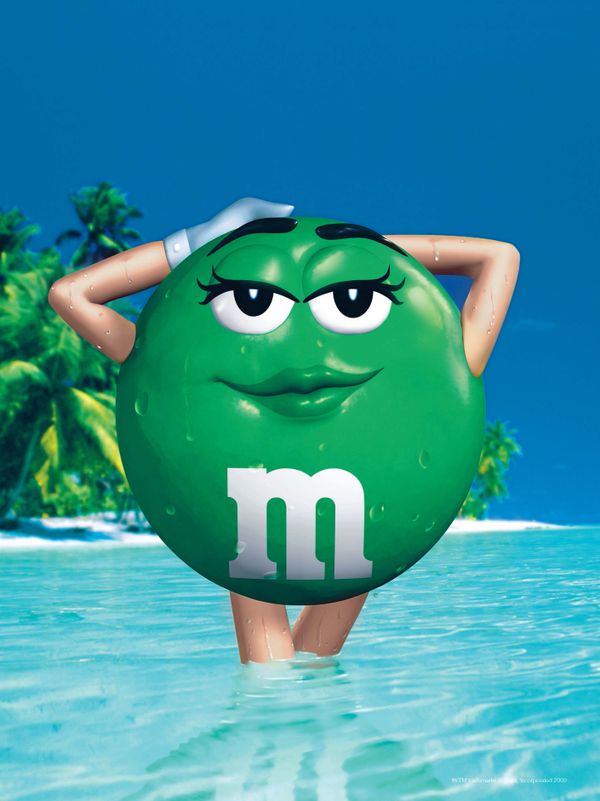
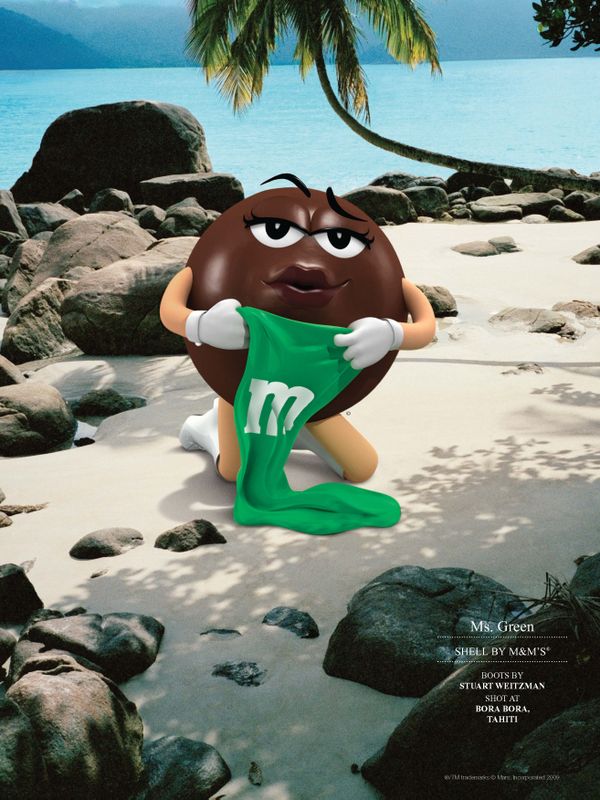
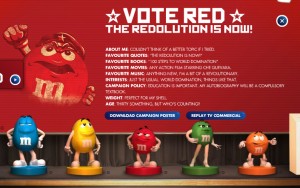
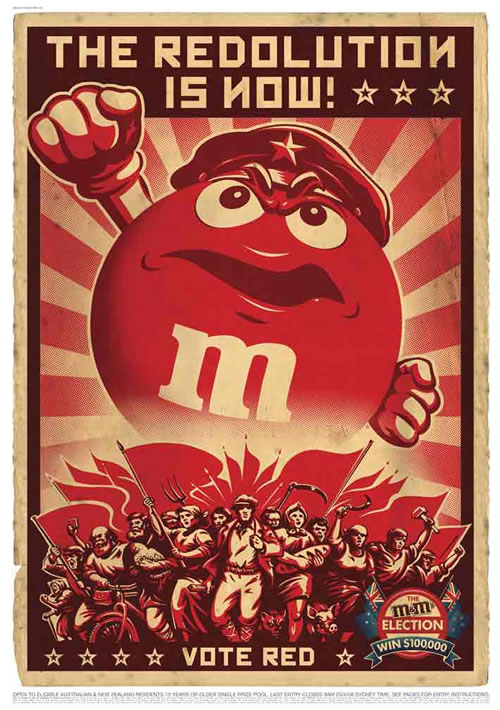
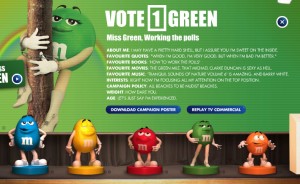
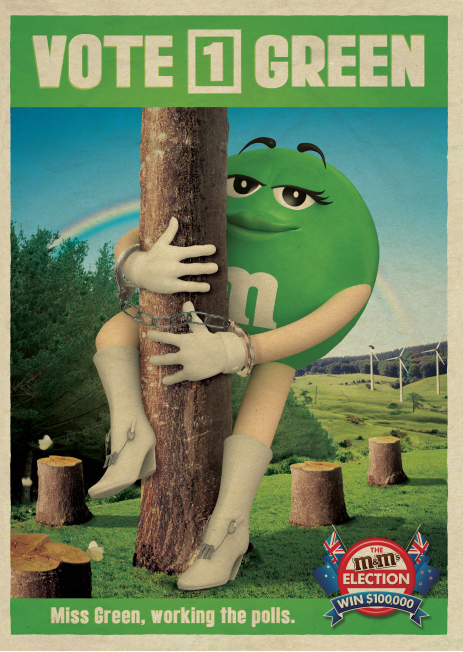
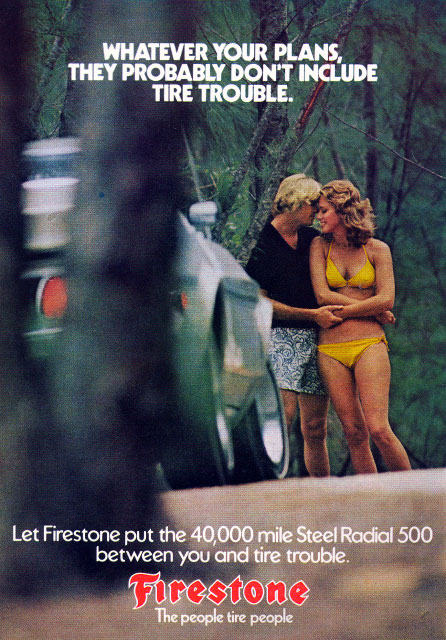
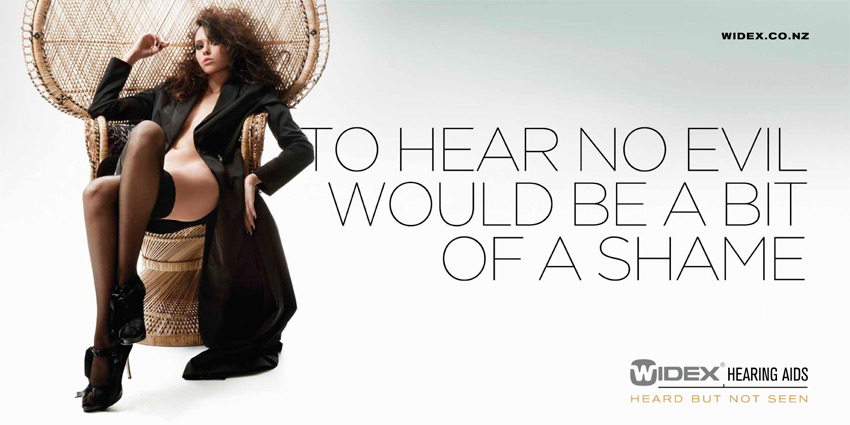
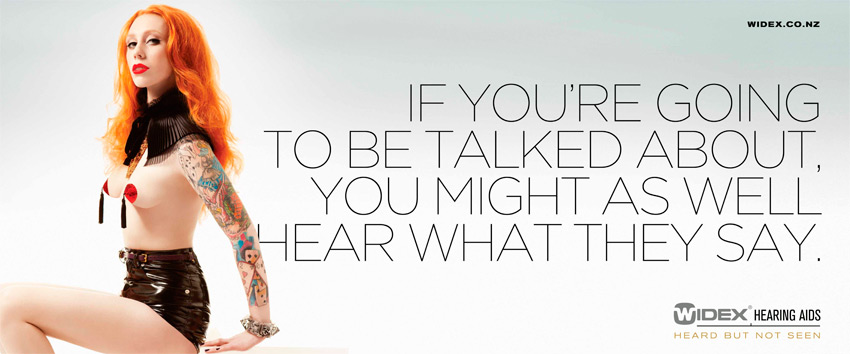
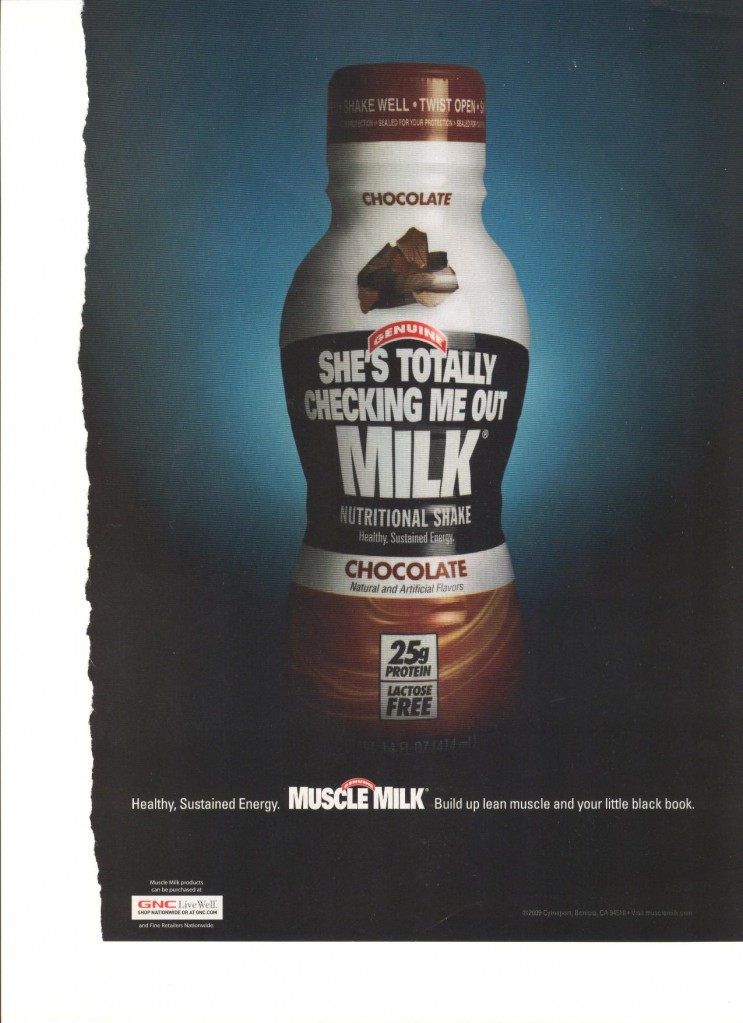 It’s fascinating that a magazine well-known for objectifying women also participates (at least in running this ad) in encouraging men to self-objectify. Without suggesting that women and men are equally objectified in American culture, I think it might be interesting to talk about the extent to which we live in an objectifying culture, period, and learn to self-objectify whether we are men or women.
It’s fascinating that a magazine well-known for objectifying women also participates (at least in running this ad) in encouraging men to self-objectify. Without suggesting that women and men are equally objectified in American culture, I think it might be interesting to talk about the extent to which we live in an objectifying culture, period, and learn to self-objectify whether we are men or women.